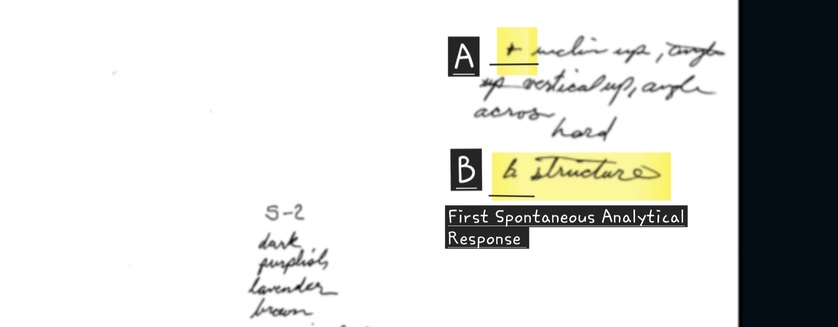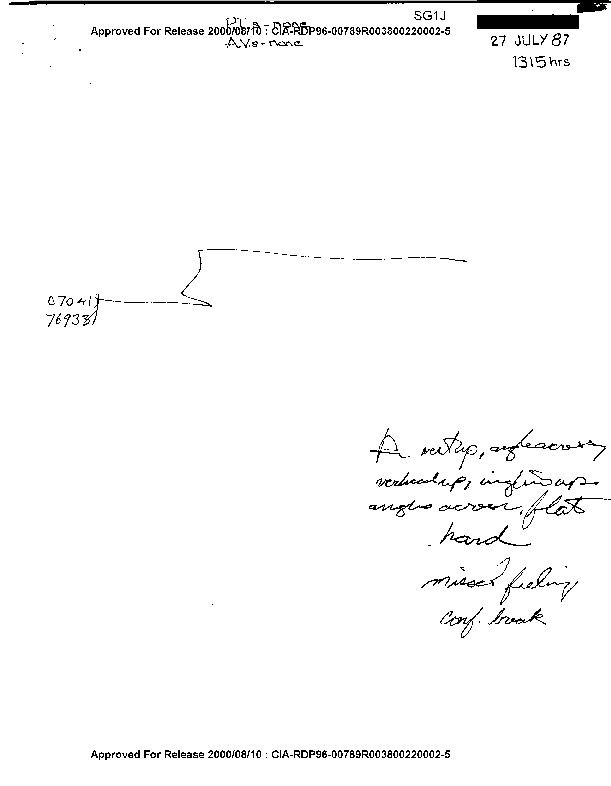Cash-Landrum
The Cash-Landrum UFO encounter remains one of the most famous (and unusual) UFO incidents in the United States. It is of particular interest to me as it is the subject of a Remote Viewing session.
1. Overview of the Incident
- Date and Location: The encounter occurred on the evening of December 29, 1980, on a rural road near Dayton, Texas (about 40 miles northeast of Houston).
- Witnesses: Three people were in the car at the time of the sighting:
- Betty Cash – a business owner in her early 50s.
- Vickie Landrum – a longtime friend of Betty, also in her 50s.
- Colby Landrum – Vickie Landrum’s 7-year-old grandson.
The group had spent the evening dining out and playing bingo. As they drove home, they encountered what they believed was a flying, diamond-shaped craft hovering above the road.
















